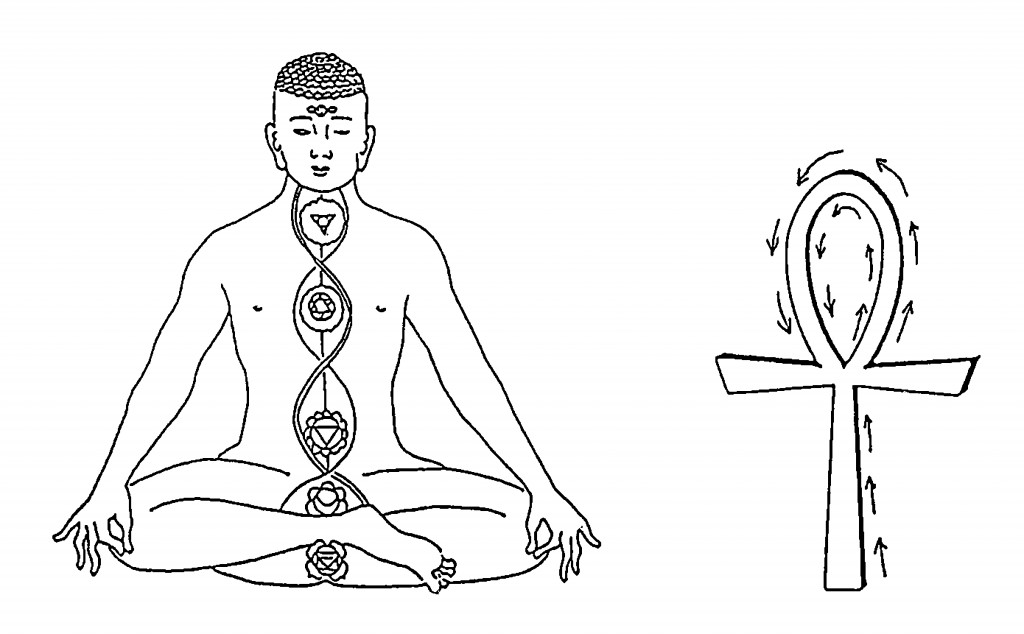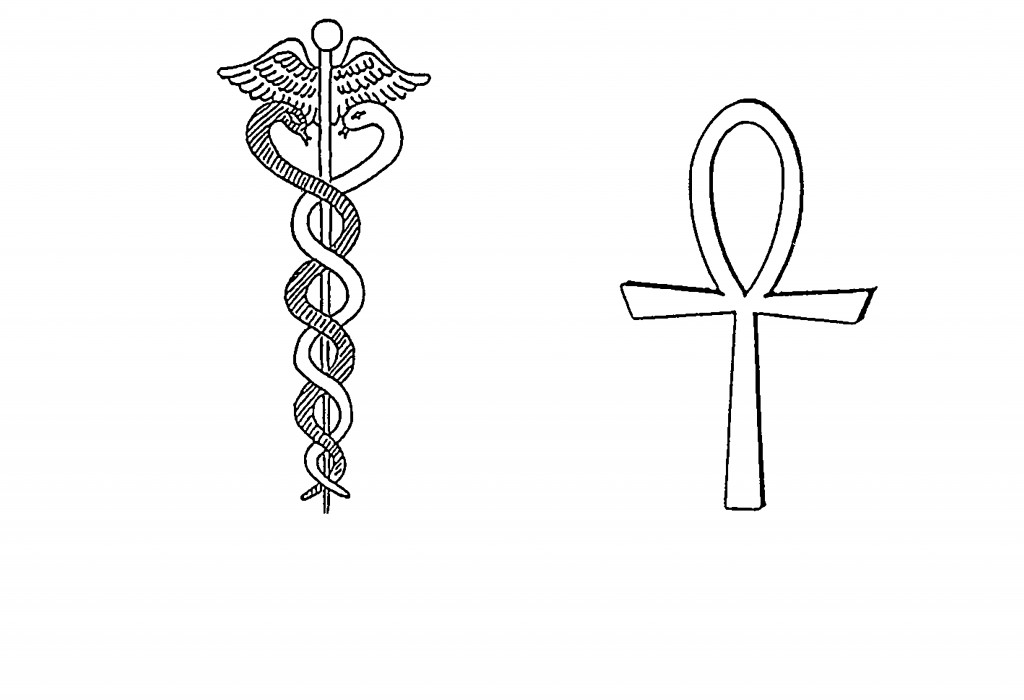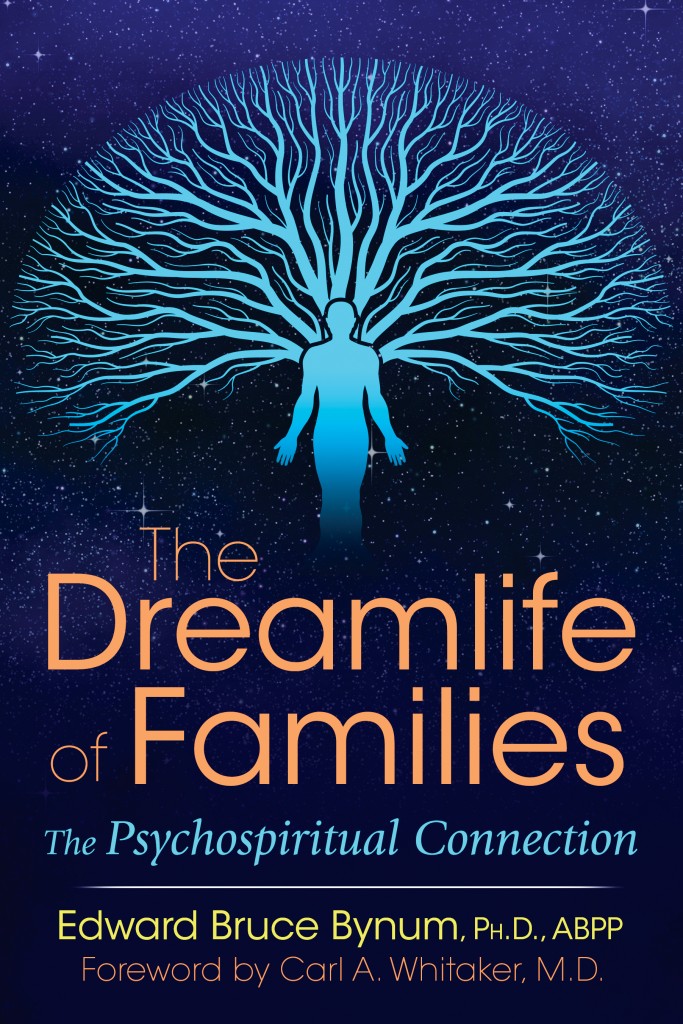The following is excerpted from The Dreamlife of Families: The Psychospiritual Connection by Edward Bruce Bynum, PhD, published by Inner Traditions.
It is clear that dream interpretation, religion, and healing were all in some permutation and to some degree part of the interconnected worldview of ancient humanity. Despite the diverse methods among the different peoples, much was held in common. One finds some variation of these combinations among the ancient Hebrews and certainly in the upper Nile Egyptian civilizations as they cross-fertilized continually over the years with perhaps an even more ancient civilization still shrouded in mystery. We find it in the works of the Syrians, the Indians, the Mesoamericans, the Chinese, the Japanese, the Muslims, and in all the ancient cultural and religious traditions. In all of these, a dream incubation process and practice was used. Persons would go into a dream incubation practice prescribed by their particular society or culture and would emotionally approach the dynamically emergent image in the dream with a number of requests. These requests or desires took the form of attempting to obtain advice and wisdom, the healing of psychological and physical diseases, the ability to see into the future, or, as you might expect, the ability to exercise power over others.
These people saw the living personalized embodiment of the archetypal healer in their dreams. Those seeking advice, wisdom, or healing developed their religious and healing practices even further, creating entire cultures and dream temples in the service of their dream healers. In the temples and libraries of ancient Egypt, called “Houses of Life,” or “per ankh,” and then later in Greece and Rome, pilgrims would come from hundreds of miles away, a great distance in those times, for dream incubation purification rites and healing. At one time there were more than four hundred such temples to the god Asclepius. They were in existence from 600 BCE to 500 CE. In fact, the medical caduceus, a symbol of a staff with two serpents entwined around it seven times, was taken from that period. It is even more interesting that the Asclepius symbol itself was taken from an earlier Egyptian civilization that the Greeks admired and then helped to transmit to the rest of Western civilization. It has a very ancient and deep shared meaning.
The ancient Kemetic Egyptians, like the Babylonians, Assyrians, and others, were concerned with malevolent forces in dreams, but they were not as preoccupied with them. They were more deeply concerned with how to “clinically” elicit messages and information from the gods. The papyrus of Deral-Madineh from before 2000 BCE gives elaborate instructions on obtaining a specific healing dream message from a god. Serapis was the Egyptian god of dreams and his Houses of Life often served as both library and dream temple where the priests practiced their sacred art of dream incubation and later interpretation with the community of believers.
These same Egyptians had a highly evolved knowledge of anatomy and physiology due to their practice of mummification. But this science did not stop there. In the classical medical text dating prior to 3000 BCE called the “papyrus Ebers” after its discoverer George Ebers, who found it in a tomb in 1873 and placed it—ostensibly for safekeeping—in the Leipzig University Library, there are early references to dreams and hypnosis as a clinical practice.22 From the thousands of written medical papyri, sadly only ten survive to this day, with the Ebers and the Edwin Smith surgical papyri being the most famous. Some have documented Egyptian knowledge of subtle endocrine system functions, emotional reactions, and cognitive states, which may actually be the real origin of biological psychiatry.
Finally, it must be noted that all the findings above, along with other research, strongly suggest a complex awareness of psychology, biology, and deep subjective processes extensively mirrored in religious and cosmological beliefs. In other words, there is considerable support for the notion that, prior to 3000 BCE, the ancient Egyptians were conscious and aware of the influence and dynamics of the unconscious mind and its capacity to influence bodily processes. This knowledge was written in the libraries and practiced clinically in the Kemetic Houses of Life millennia earlier than imagined by contemporary scientists. Their astronomical calendar, accurate to within days of our own, was already in use by 4245 BCE and was based on the 1,460 years of the sidereal calendar, the lapse of time that separates two heliacal risings of Sirius, the most luminous fixed star of the night sky located in the constellation of Canis Major. This sophisticated range of clinical knowledge, along with all the attendant social and psychological influences or “demand characteristics” of the cultural milieu, created a powerful psycho-technology for these ancient healers and their long-distance, dream-swept patients.
Thus, when the dreamer finally, after miles and miles, came to a temple of healing, he would rest for some time and regain his strength. He would eat the special foods prescribed by the priest and the seers of the temple area. After the cleansing and the purification, after the soothing waters and the quieting of the mind, the healing process moved into its second phase. In one temple, after extensive washings and consultations with the priest, who could be male or female, the person with the affliction would go into a tomb-like structure. He would then lie in a bed above the temple’s sanctuary floor. On the floor were often a number of colorful, dramatic-looking, but harmless snakes. The connection between the healing process and the coiling, perhaps even rising, snake and the energy serpent in the human spine called kundalini will be discussed later. There is, however, a deep primordial human intuition and organismic perception concerning energy and healing in the rising of two currents of serpentine energy through the body (see figure 1).
After the subject had been lying quietly on the healing table for a while, he would find a peaceful place within his mind and then enter into it more deeply, amplifying the feeling while often expressing a specific wish or prayer or expectation as he attempted to go to deep sleep or dream sleep with this notion held firmly in his mind. In this way the conscious mind would make contact with the unconscious depths. Sometimes outside the walls of this healing chamber the priest would chant a sacred song, and sometimes through a small opening in the wall the priest or priestess would direct a verbal message to the half-sleeping and, paradoxically, by this time highly aroused patient. The combination of a dark room with primordial figures moving on the floor, a long passageway, and the priests applying their healing procedures had enormous demand characteristics that influenced the body. They were able to unleash tremendous healing powers from the somatic and the psychological unconscious, which appear to be subtly enfolded into each other. Armed with a powerful image or metaphor, which was often a family or tribal deity, the power of the priest, and the awakened experience, along with the repetitive almost mantra-like message or sankalpa, the initiate would go into a healing sleep. The deep somatic and autonomic energies of the body could then do their work.
This again appears to be at least a functional awareness of the dynamic unconscious. While the ancient Egyptians specifically referred to the unconscious as Amenta and the primeval waters of Nun, other African peoples, particularly those in West Africa, have referred to similar, but not identical, processes they call the Ayanmo concept. The latter is more intimately associated with the existential choices one makes in life even though on some level these choices are not fully known or conscious to the individual. The notions of fate and destiny enter the equation along with spirituality and family dynamics, all of which are believed to have their expression in the dreamwork and its influence on the mind and body itself. These were common beliefs in the ancient world.
Dormant
The medical caduceus and its seven centers each associated with a specific hormonal and endocrine function. The current is in its dormant state.
The Egyptian ankh or symbol of life and the life current in its potential state.
Awakened
The yogic seven chakras each associated with a plexus and a level of consciousness. This is the symbol of the awakened current moving to the brain.
The flow of the life current awakened and fulfilled in the braincore.

Hippocrates, a Greek physician living sometime between 460 and 370 BCE, believed that the sun, the moon, and the stars were representative of the dreamer’s organic state. He had trained in Egypt in the library of the temple of Imhotep at Memphis where Galen was taught seven centuries later. He too believed that dreams can tell an illness before its overt expression in the body and that powerful images affect and heal the body. These beliefs manifest today in the growing discipline of psychoneuroimmunology. We use different symbols, different assumptions, and different categories of diagnosis, yet we are still attempting to experience and make vital contact with the deep unconscious of the patient, both psychologically and somatically. Hippocrates wrote:
It is a sign of sickness if the (dream) star appears dim and moves either westwards or down into the earth or sea or upwards. Upward movement indicates fuxes (an abnormal discharge of fluid) in the head; movement into the sea, disease of the bowels; eastward movement, the growing of tumors in the flesh.
These dreams in which physical expressions of illness appear in symbolic form are called “prodromic.” Thus, in a sense there is a certain prophetic or precognitive process in these somatic situations. In some way or other we are always trying to see into the future. Some seven centuries later, in 200 CE, Galen was practicing essentially the same medicine in dreamwork as a physician in his practice.
One of the more powerful curing symbols was the integration of the feminine aspect of the self with the energies of healing in the ancient world. We are most familiar with the female oracle at Delphi. But female divination was in all of the ancient world, especially later in Rome and China and even earlier in Egypt. In some parts of the world, as we have seen, the belief in male or female divination still thrives and is formally practiced today in West Africa, in Southeast Asia, and in certain areas of the hills of Japan.
Who can forget how dreams have played out in early mythologies and family histories over the long march of humanity toward our current civilization? Oedipus the king, his dream, and his tragedy spread through psychoanalysis even today like a great current. The myth of Romulus and Remus may have begun in a mother’s dream of twins. Myths are the shared dreams of a culture. Family dreams are family myths about ourselves and our intimate web. Indeed myths are another form of knowledge—valuable, dynamic, and real. Regardless of the chimerical quality of myths, every culture believes in them—even our own.
Dreams have not been confined to the nightly philosophy of life. Dreams and their reality have deeply influenced and invigorated the waking-state philosophies of humanity. It has quickened but at the same time made more subtle the dance with reality. The Chinese philosopher Chuang-tzu said: “I fell asleep and dreamed I was a butterfly. When I awoke, I wondered, was it Chuang-tzu dreaming he was a butterfly, or am I a butterfly dreaming it is Chuang-tzu?” Some have gone even farther in dreamwork. Milarepa, the Tibetan yogi poet, achieved spiritual liberation by his study, practice, and realization of dreams. There is an extensive and profound psychospiritual technology and methodology in the dream yoga of Tibetan lamas. It is a working methodology of consciously integrating the waking state and the dreaming state in order to move toward the state that enfolds and is consciously beyond both waking and dreaming. This technology has an enormous potential. It also has an uncanny resemblance to the theories of the subtle bodies, or sheaths of reality, in India, the five subtle bodies of ancient Egyptian philosophies, and, curiously enough, some levels of the Western “emotional body” or autonomic nervous system so often aroused and expressed in dreams. All have an enormous capacity for healing. Given this we might ask ourselves: How do all these currents move into the ocean of the self and family life? It is in that direction that we now turn.
***
The Dreamlife of Families by Edward Bruce Bynum, Ph.D., ABPP © 2017 Inner Traditions. Printed with permission from the publisher Inner Traditions International. www.

















